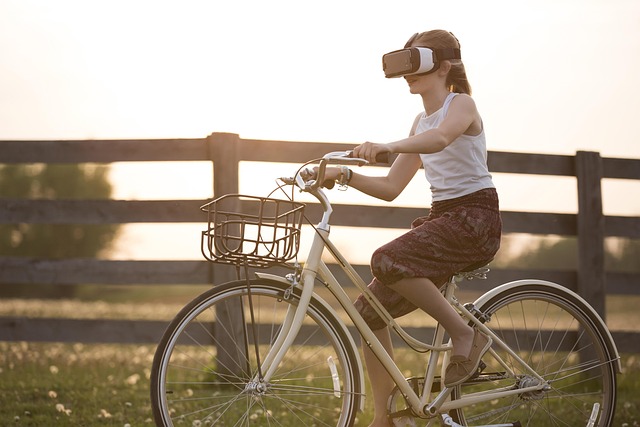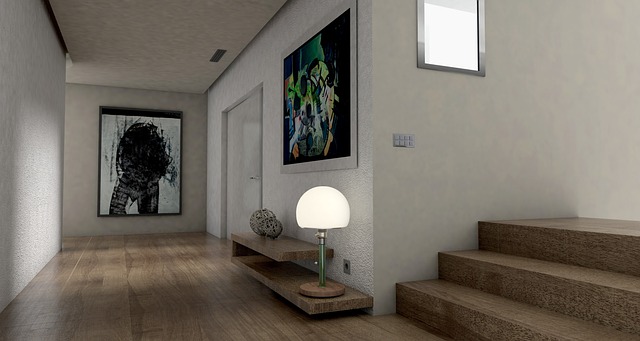The digital era is evolving at an astonishing pace, and at the forefront of this evolution is the concept of virtual interaction. As we delve into the realms of Virtual Reality (VR), Augmented Reality (AR), and the Metaverse, we begin to understand how these technologies are reimagining our experiences and interactions, bridging the gap between the physical and digital worlds.
Virtual Reality immerses users in completely computer-generated environments, whether they’re exploring breathtaking landscapes or engaging in intense gaming battles. Imagine slipping on a VR headset and stepping into a world where reality as you know it fades away. In this space, the potential for virtual interaction is limitless. You can connect with friends from around the globe in a virtual café, attend a concert with fans worldwide, or even join a collaborative project with colleagues in a shared digital workspace. This immersive experience not only enhances entertainment but also revolutionizes social connections, allowing us to feel present with others even when physically apart.
On the other hand, Augmented Reality integrates digital overlays with our real-world surroundings, enriching the way we perceive and interact with our environment. With devices like smartphones and AR glasses, users can experience a perfect blend of reality and digital enhancements. Picture walking through a city and receiving real-time information about historical landmarks, or having a 3D model of a piece of furniture pop up in your living room to visualize how it fits in. This seamless combination of the virtual and real encourages an entirely new category of virtual interaction, where everyday life is enhanced by digital elements tailored to our needs.
As we transition into the Metaverse, a collective virtual shared space created by the convergence of virtually enhanced physical reality and physically persistent virtual reality, the concept of virtual interaction takes on even broader dimensions. The Metaverse allows individuals to engage in persistent social experiences, where identities can transcend physical limitations. Imagine attending a virtual art gallery, selling digital art as an NFT, or engaging in governance discussions of a digital community. The Metaverse offers a platform where anyone can participate, shaping their identity and experiences through the essence of virtual interaction.
As immersive technology advances, the emotional and social aspects of these virtual interactions will undoubtedly evolve. It’s not just about the technology itself; it’s the connections we form and the experiences we create. The future of simulation in VR, AR, and the Metaverse holds the promise of a world where virtual interaction can enhance our reality, making connections stronger and experiences richer. Whether it’s building a virtual community or simply sharing a moment with loved ones, the potential of these technologies to redefine what it means to interact and engage is vast and thrilling.
The lines between our physical existence and digital experiences are blurring, creating a new tapestry of interactions that are poised to redefine society. As we embrace this future, the role of virtual interaction will be crucial in shaping personal and collective experiences within this new digital frontier.



